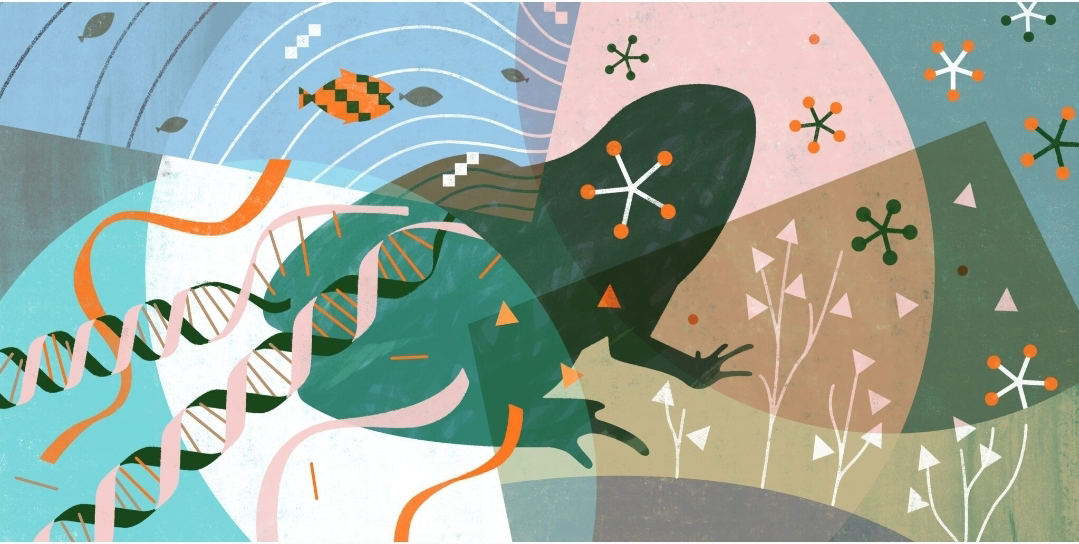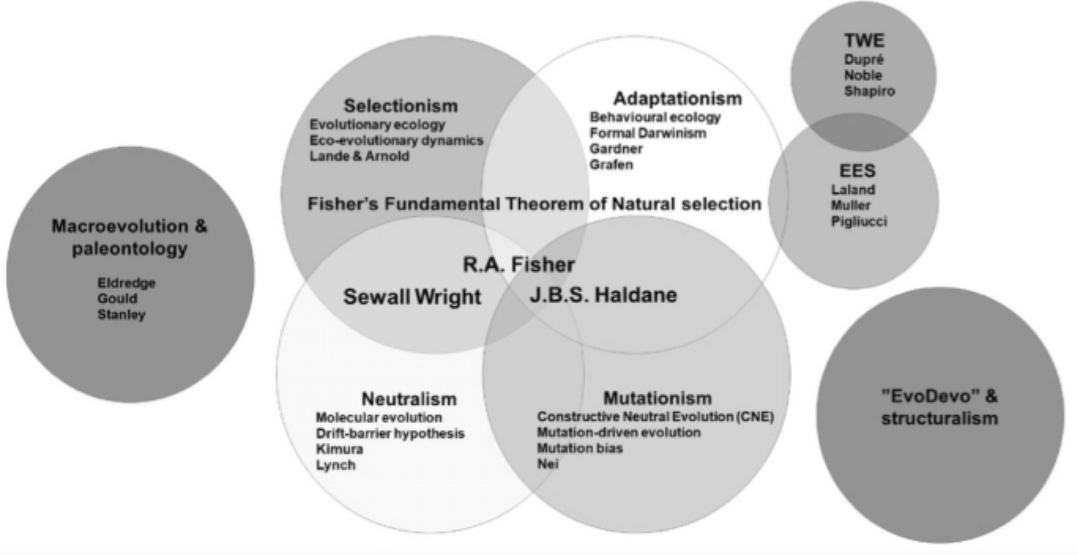The Organism in the EES
The journal article "The Organism in Evolutionary Explanation: From Early Twentieth Century to the Extended Evolutionary Synthesis" articulates a profound challenge to the Modern Synthesis (MS) by resurrecting and re-evaluating the role of the organism in evolutionary theory. This isn't a mere tweaking of existing frameworks; it's a fundamental shift in perspective, echoing the holistic, organism-centric viewpoints that prevailed before the MS solidified its dominance. The article meticulously demonstrates how the Extended Evolutionary Synthesis (EES) seeks to dismantle the gene-centric and population-focused paradigm that characterized the MS, replacing it with a more integrated and dynamic understanding of evolutionary processes.
At the heart of this challenge is the EES's insistence on restoring the organism to its rightful place as an active, influential participant in evolution, rather than a passive vessel for genetic transmission. This directly confronts the MS's tendency to reduce organisms to mere carriers of genes, their phenotypes viewed as direct, predictable outputs of genetic programs. The EES, conversely, emphasizes the organism's developmental context, highlighting the complex interplay between genes, environment, and organismal structure. It argues that genes operate within a rich, dynamic developmental system, where their expression is contingent on a multitude of internal and external factors. This challenges the MS's simplistic view of the genotype-phenotype relationship, advocating for a more nuanced understanding of development as a creative and interactive process. The concept of developmental bias, central to the EES, further underscores this point, demonstrating how organismal structure and developmental processes can channel evolutionary trajectories in specific directions, a phenomenon largely overlooked by the MS.
Furthermore, the EES radically redefines the relationship between organisms and their environments. The MS, with its emphasis on external selective pressures, portrayed the environment as a static, external force acting upon passive organisms. The EES, however, proposes a dynamic, reciprocal interaction, where organisms actively shape their environments through niche construction. This challenges the MS's unidirectional view, asserting that organisms are not merely subjected to selection but actively participate in creating the selective pressures they face. This feedback loop, where organisms modify their environments, which, in turn, influences their evolution, represents a significant departure from the MS's linear model. This perspective highlights the active role of organisms in shaping their own evolutionary destinies, a crucial element missing from the MS framework.
Moreover, the EES seeks to reintegrate the concept of organismal agency, a notion largely dismissed by the MS as anthropomorphic or teleological. The MS, driven by its reductionist approach, sought to explain all purposiveness as a product of genetic programs, effectively eliminating the organism's capacity for active decision-making. The EES, however, argues for the recognition of organisms as active agents, capable of influencing their own evolution through behavioral choices and developmental plasticity. This challenges the MS's deterministic view, asserting that organisms are not merely passive recipients of selection but active participants in their own evolutionary journeys. By emphasizing the organism's ability to select environments, modify their habitats, and engage in goal-directed behaviors, the EES reintroduces a level of complexity and dynamism that was largely absent from the MS.
Finally, the EES challenges the artificial separation between proximate and ultimate causes, a distinction championed by the MS, especially through the work of Ernst Mayr. The EES advocates for a more integrated approach, recognizing the crucial interplay between developmental mechanisms and evolutionary processes. This challenges the MS's tendency to compartmentalize biological inquiry, arguing for a holistic understanding of evolution where developmental processes are viewed as key drivers of evolutionary change. By blurring the lines between proximate and ultimate causes, the EES encourages a more comprehensive and interconnected view of biological phenomena.
In essence, the EES, as presented in the article, seeks to dismantle the MS's gene-centric, population-focused, and deterministic view of evolution, replacing it with a more organism-centered, dynamic, and integrated framework. It advocates for a paradigm shift that recognizes the organism as an active participant in evolution, shaping its own destiny through development and interactions with its environment. This shift in focus has profound implications for our understanding of evolutionary processes, potentially leading to a more complete and nuanced picture of life's history.




Comments
Post a Comment